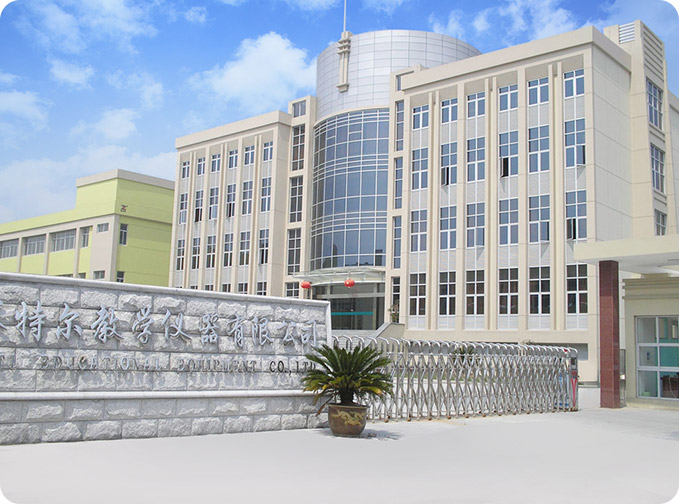Junior high school physics teaching instrument Description:
A junior high school physics teaching instrument is a tool or device that is used to help teach physics concepts to students in junior high school (typically ages 12-14). These instruments can be hands-on, such as physical models or experiments, or they can be more technologically advanced, like simulations or virtual reality experiences. Some common examples of junior high school physics teaching instruments include Stroboscope, inclined planes, Water pump model, and thermometers. The goal of these instruments is to help students understand and explore key concepts in physics, such as force, motion, energy, and thermodynamics, in a hands-on and interactive way.
For example Some possible uses of a stroboscope in an educational setting might include:
Demonstrating the principles of motion and perception: Stroboscopes can be used to demonstrate how the brain processes images and how the perception of motion can be altered.
Analyzing the motion of objects: A stroboscope can be used to study the motion of a variety of objects, including mechanical systems, animals, and people. This can be especially useful in subjects such as physics, biology, and engineering.
Enhancing the learning experience: Stroboscopes can be used to create interactive and engaging learning experiences. For example, they might be used to create special lighting effects in a science demonstration or to make a hands-on activity more engaging.
Uses Of junior high school physics teaching instrument:
There are several uses for junior high school physics teaching instruments:
Demonstrating concepts: Physics teaching instruments can be used to demonstrate key concepts and principles, such as the laws of motion or the relationship between temperature and heat.
Conducting experiments: Many physics teaching instruments are designed to be used in hands-on experiments, allowing students to observe and measure various physical phenomena.
Promoting critical thinking: By engaging with physics teaching instruments, students can develop their critical thinking skills as they formulate hypotheses, design experiments, and analyze data.
Enhancing understanding: Hands-on experiences with physics teaching instruments can help students better understand and retain key concepts and principles.
Encouraging collaboration: Many physics teaching instruments require collaboration between students, promoting teamwork and communication skills.
Overall, the use of physics teaching instruments in the classroom can help make learning physics more engaging and interactive, leading to a deeper understanding of the subject.
junior high school physics teaching instrument Production Process:
The production process for junior high school physics teaching instruments can vary depending on the specific type of instrument being produced. However, some common steps in the production process may include:
Design: The first step in the production process is typically the design of the instrument. This may involve creating detailed drawings and prototypes to ensure the instrument meets all necessary specifications and functions properly.
Material selection: The next step is selecting the materials that will be used to make the instrument. This may include choosing the types of metals, plastics, or other materials that will be used in the construction of the instrument.
Manufacturing: Once the materials have been selected, the instrument can be manufactured using various techniques such as machining, casting, or injection molding.
Assembly: After the individual parts of the instrument have been manufactured, they are typically assembled into a complete unit. This may involve attaching components together using screws, bolts, or other fasteners.
Testing: Before the instrument is released for sale, it is typically tested to ensure it functions properly and meets all necessary standards and specifications.
Packaging: Finally, the completed instrument is packaged in a way that protects it during shipping and makes it easy for the user to set up and use.



 中文简体
中文简体 English
English















